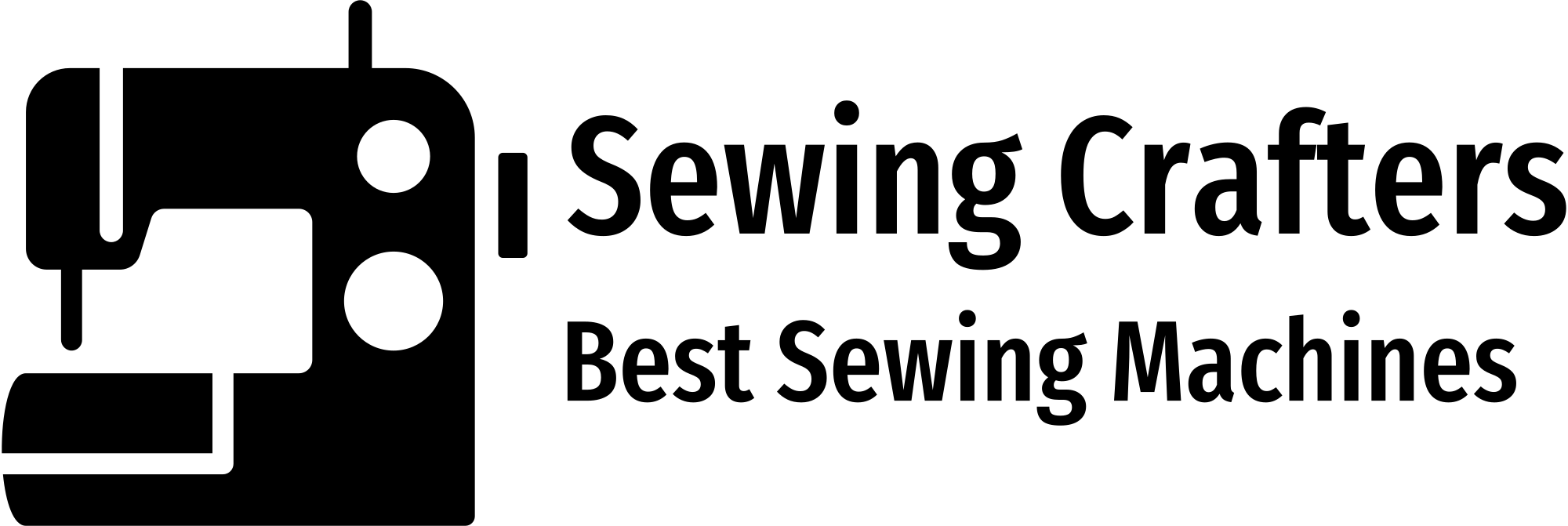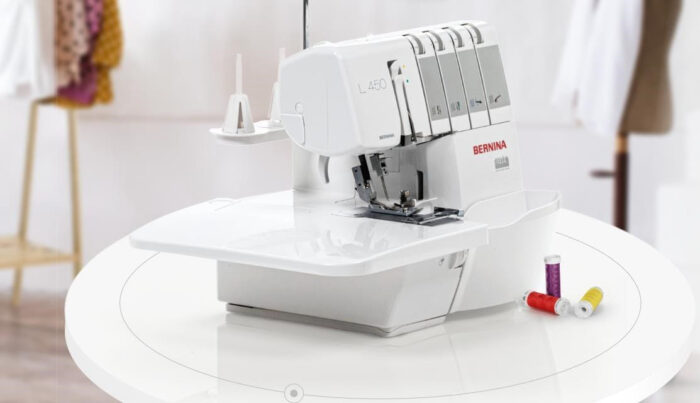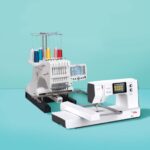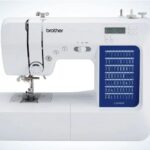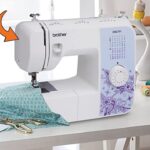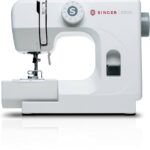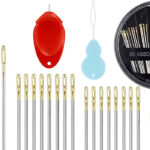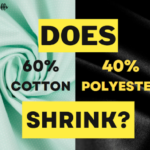Sewing machines and sergers are two of the most essential tools for sewing and garment construction. But what exactly is the difference between a sewing machine and a serger? Which one do you actually need? In this article we talk about Serger vs. Sewing Machine-Everything You Need to Know.
In this comprehensive guide, we’ll cover everything you need to know about sergers and sewing machines, the differences between them, how to choose the right one, and whether you need both in your sewing room.
What is a Serger?
A serger, often called an overlock machine, is a special type of sewing machine designed to finish raw edges of fabric extremely quickly. It trims the edge while enclosing it with stitching in one step.
The main functions of a serger include:
- Serging – stitching and trimming the raw edges of fabric at the same time
- Overlocking – using 2 to 5 threads to wrap the edge of the fabric
- Seaming – stitching two pieces of fabric together
Sergers use multiple spools of thread and knives to trim and encase fabric edges, preventing them from unraveling. This gives your projects a professional finished look. The stitching also adds stretch and strength.
Sergers are capable of handling very high speeds, some over 1500 stitches per minute. This allows you to sail through edges far faster than you could on a regular sewing machine.
What is a Sewing Machine?
A basic sewing machine is designed primarily for sewing seams and construction on fabric projects. Modern computerized sewing machines are workhorses capable of hundreds of built-in stitches, automation features, and specialty functions from embroidery to quilting.
The main functions a sewing machine can perform are:
- Constructing seams – stitching two pieces of fabric together
- Installing zippers
- Sewing buttonholes
- Decorative stitching and embellishing
- Quilting
- Applique
- Embroidery
- Monogramming
- Hemming
- Mending
Sewing machines use between 1 to 2 threaded needles to form locking stitches on fabric layers. They have a presser foot that applies pressure as the fabric is fed through the machine.
What’s the Difference Between a Serger and Sewing Machine?
While both are essential sewing tools, there are some key differences:
Stitch Formation
Sewing machines use locking stitches, created by an upper thread passing through the fabric and interlocking with a lower bobbin thread. This creates a tight seam that won’t unravel.
Sergers use overlapping loops formed by multiple threads. Rather than locking stitches, the threads wrap around the edge of fabric pieces, encasing the raw edges.
Number of Threads
Sewing machines require 2 threads – a spool of upper thread and a lower bobbin thread. Sergers use 2 to 5 threads simultaneously. The more threads used, the stronger and more finished the seam.
Stitch Type
Sewing machines have the ability to make a variety of stitches for construction, decorative work, buttonholes, etc. Sergers are limited to the overlock stitch formation using multiple threads.
Fabric Handling
Sergers are made to quickly stitch and finish edges. They can only handle lightweight or medium weight fabrics. Sewing machines can handle everything from silks to canvas and leather.
Seam Finishes
The key advantage of a serger is it trims and encases fabric edges in one step. A sewing machine creates a seam, then edges must be trimmed and finished separately.
Speed
Sergers are much faster, with the ability to stitch over 1500 stitches a minute. Sewing machines max out around 1000 stitches per minute for most models.
Learning Curve
Sewing machines, especially modern computerized models, tend to be easier to learn. Sergers have a steeper learning curve due to threading multiple spools, adjusting settings, dealing with looping threads, etc.
Do You Actually Need Both?
For most sewers and garment makers, having both a sewing machine and a serger is extremely useful, especially if sewing clothing. Here’s why it’s good to have both:
Sewing Machine Advantages:
- Constructs the body of projects
- Strong, flexible stitches for all fabric types
- Needed for installing zippers, sewing buttons, buttonholes
- Handles detailed work like embroidery
Serger Advantages:
- Gives a professional finish to garments
- Much faster seam finishing
- Trims and encases edges in one step
- Adds stretch and durability to seams
- Ideal for knits and stretchy fabrics
A sewing machine is essential for construction. But trying to get a finished look using a zig-zag stitch or overcasting foot is tedious and time-consuming. This is where a serger really shines. It takes garment construction to the next level for a polished finish.
How to Choose: Sewing Machine vs. Serger
The needs of your particular sewing projects should dictate which machine will be most useful. Here are some things to consider as you decide whether you need a sewing machine, serger, or both:
Sewing Machine
Best for someone who is:
- New to sewing
- Interested in garment construction and alterations
- Planning to sew many different fabric types and weights
- Wanting to make crafts, quilts, home décor
- Need buttonholes, zipper capability
Serger
Best for someone who is:
- Already comfortable using a sewing machine
- Making lots of knit/stretch garments
- Sewing clothing and wants a professional edge
- Looking to speed up seam finishing
- Working with medium/lightweight woven fabrics
Owning just one:
If buying only one machine, go with a computerized sewing machine. While sergers are excellent for finishing, a sewing machine is more of an all-in-one essential.
Beginner Sewists
For those learning to sew, start with an easy-to-use sewing machine. Sergers have a steeper learning curve. Own a sewing machine first and make sure you enjoy sewing before investing in a serger.
Advanced Sewists
Those comfortable with their sewing machine looking to invest in more professional results can benefit tremendously from adding a serger. This takes your sewing to the next level.
In Conclusion
Sergers and sewing machines serve different primary functions. Sewing machines are more versatile workhorses, but sergers add speed along with a professional finish.
While advanced sewers may want to invest in both, just starting out, choose an easy-to-master sewing machine that you can grow your skills with. Down the road, a serger adds an immense amount of value for garment sewing.
Owning and knowing how to use these two powerful machines makes most sewing projects easier, faster and more professional looking. Understanding what each one excels at and when to utilize them takes sewing to the next level. I sincerely hope you find this “Serger vs. Sewing Machine-Everything You Need to Know” article helpful.
